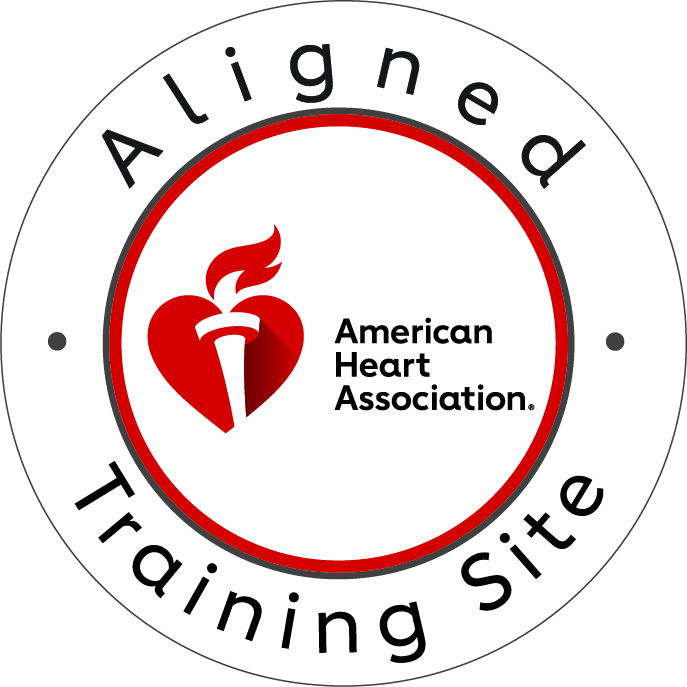Covid-19
While new COVID-19 cases and hospitalization rates have continued to increase, news from several vaccine manufacturers has been very encouraging – leading to widespread hope that two vaccines will gain regulatory approval and begin mass production as early as this month.
We thought it would be helpful to briefly explain how vaccines are being tested and share up-to-date information on the vaccine-development status. Once one or more vaccines are approved, we look forward to providing additional information on the county’s plans for distributing the new drugs locally.
Although vaccines typically require years of research and testing before being approved for use, over the past several months scientists around the world have been racing to produce a safe and effective vaccine for the coronavirus. Undoubtedly, researchers have been scrambling to secure the equipment they need to quickly carry out their tests, and they may want to consider looking for effective centrifuges to speed up the process of testing samples. Despite shortages in equipment, however, scientists have been moving at a rapid pace and so currently, 55 vaccines are in clinical trials on humans; three have recently announced extremely promising results, with a fourth promising candidate still in Phase 3 trials.
On Nov. 9, Pfizer and the German company BioNTech released preliminary data indicating their coronavirus vaccine was more than 90 percent effective – the first time anyone had found such evidence. A week later, Moderna reported comparable findings with a similar vaccine.
Both research teams have submitted approval requests to the U.S. Food and Drug Administration (FDA) and other global agencies. The FDA is scheduled to meet to consider the request for emergency use authorization of the Pfizer vaccine on Dec. 10 and the Moderna vaccine on Dec. 17.
Meanwhile, another research team, from AstraZeneca and the University of Oxford, has also shown intriguingly favorable results – though there has been some controversy regarding the group’s data. In addition, researchers from Johnson & Johnson and Beth Israel Deaconess Medical Center have also enjoyed initially positive results and are currently completing Phase 3 trials.
The vaccine testing process – from lab to clinic
Initial vaccine safety trials in humans started in March. Today, 13 vaccines have reached the final stages of testing.
Some of these vaccines will no doubt fail, and others may show ambiguous results. But it appears that the Pfizer/BioNTech and Moderna research teams, at least, have succeeded in safely stimulating the immune system to produce effective antibodies – achieving results well beyond FDA minimum requirements. (It’s important to remember that these vaccines may potentially prevent infection; they are not intended to cure the disease.)
Once a company develops what it considers to be a viable vaccine candidate, it must perform a series of tests to ensure the vaccine is both safe and effective. Only after these tests are successfully completed will the FDA approve the vaccine for widespread use. Following are the primary test phases:
- Preclinical testing involves testing a new vaccine on cells, and then on animals such as mice or monkeys, to see if it produces an immune response.
- Phase 1 safety trials: Here the vaccine is given to a small number of people to test safety and dosage, while confirming its ability to activate the immune system.
- Phase 2 expanded trials: In this phase researchers give the vaccine to hundreds of people segmented into groups (e.g., children, the elderly) to see if it acts differently in them. These trials also further test the vaccine’s safety and ability to stimulate the immune system.
- Phase 3 efficacy trials: Researchers administer the vaccine to thousands of people and wait to see how many become infected (compared with those receiving a placebo). The FDA advised the drug companies that vaccines must show evidence to protect at least 50 percent of those who receive it. Phase 3 trials are large enough to uncover evidence of any rare side effects potentially missed in earlier studies.
- Approval: The FDA reviews trial results and decides whether or not to approve the vaccine. During a pandemic, a vaccine may receive emergency use authorization before getting formal approval. Once a vaccine is licensed, researchers continue to monitor people who receive it to further ensure it’s safe and effective.
If investigators observe worrying symptoms in volunteers, they can put a trial on pause. For example, in September, AstraZeneca suspended trials when one volunteer developed a form of transverse myelitis. Following an investigation, the company determined the affliction was unrelated to the vaccine and resumed trials.
As noted, both Moderna and the Pfizer team have completed Phase 3 trials and submitted their test results to regulatory authorities in the U.S. and elsewhere. If FDA authorization is granted, the first shots may be available before Christmas.


